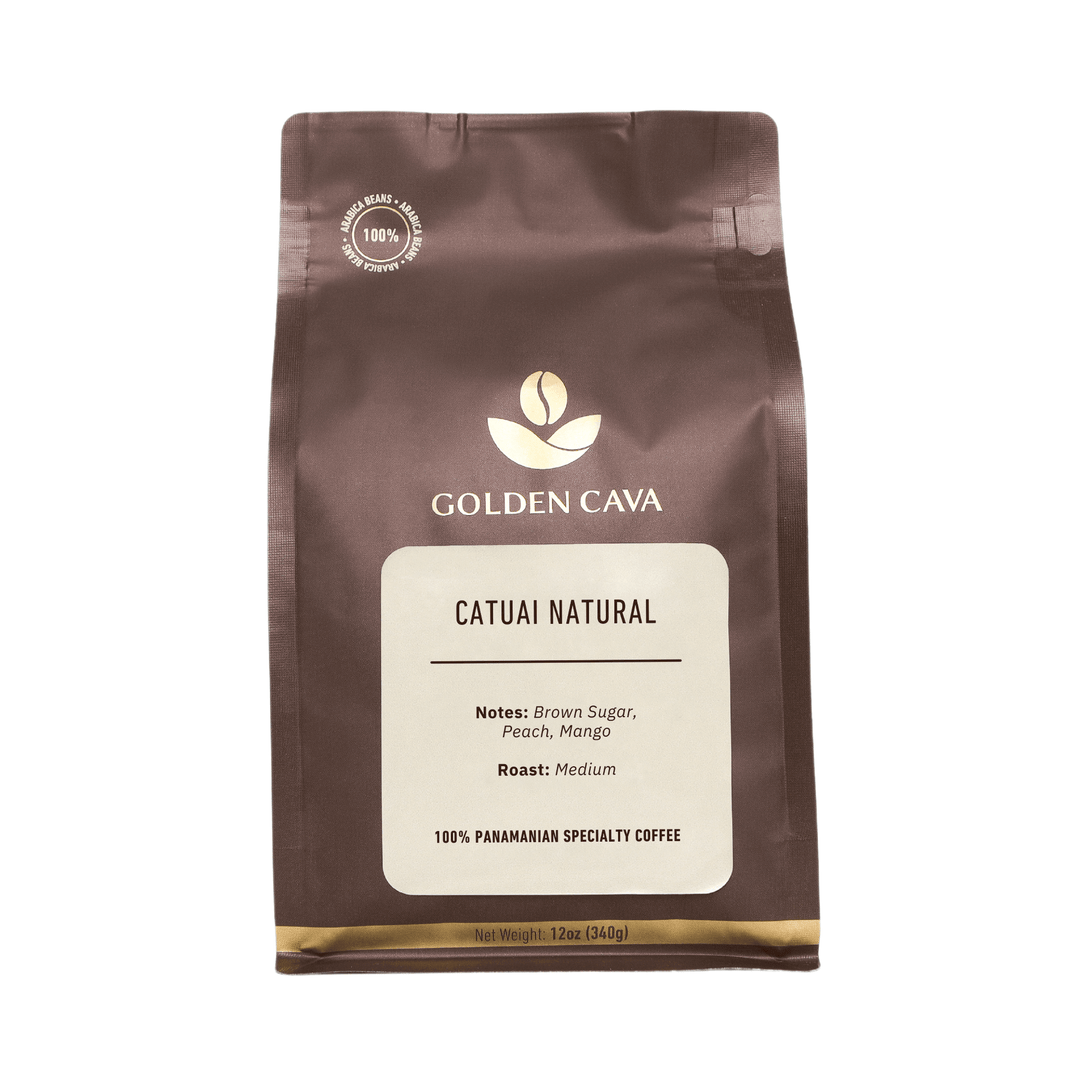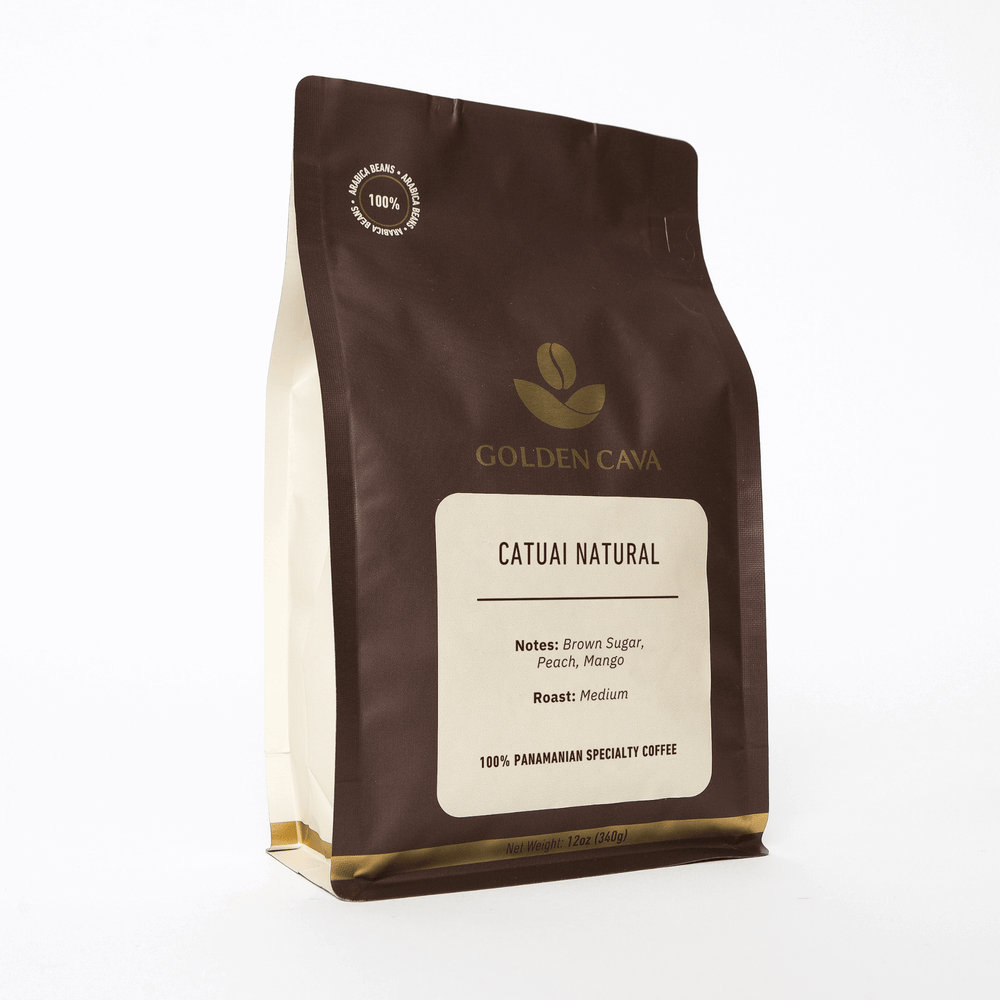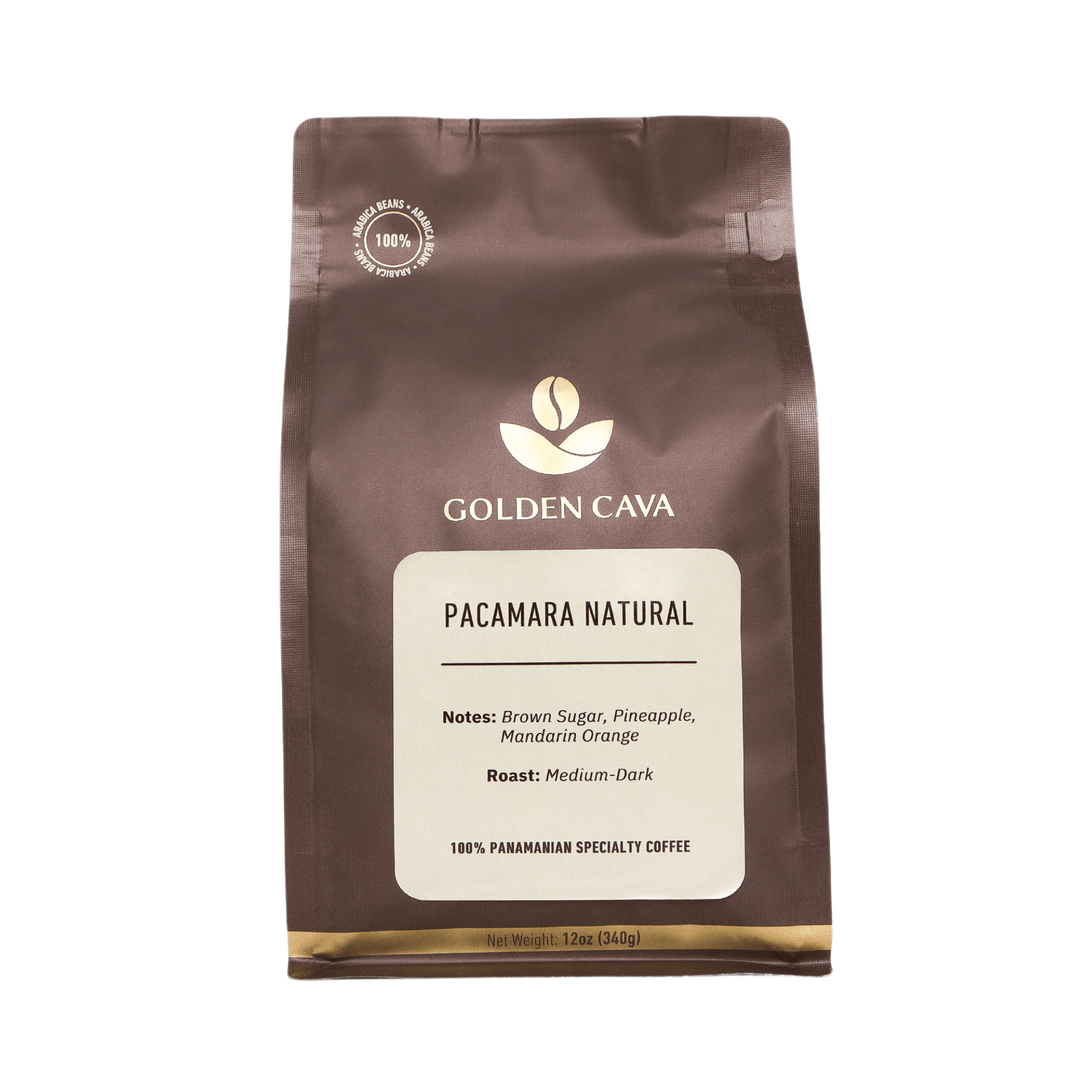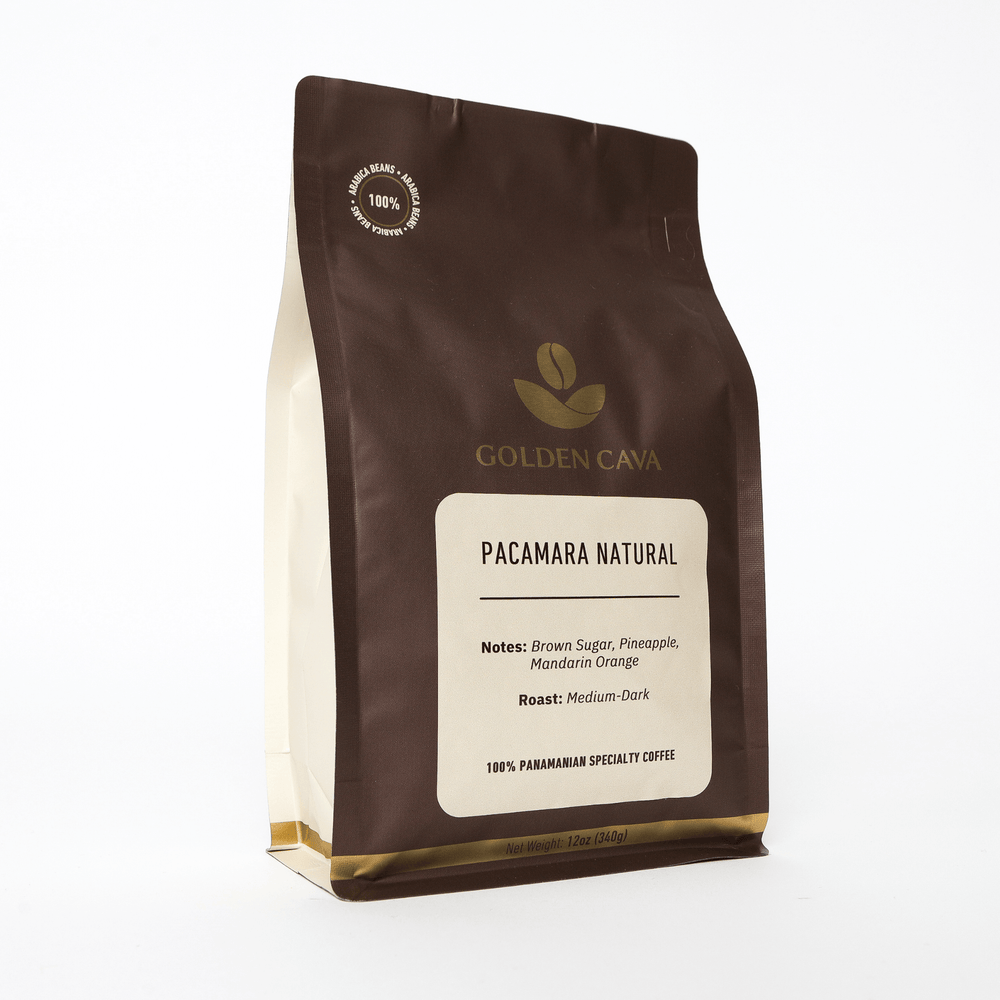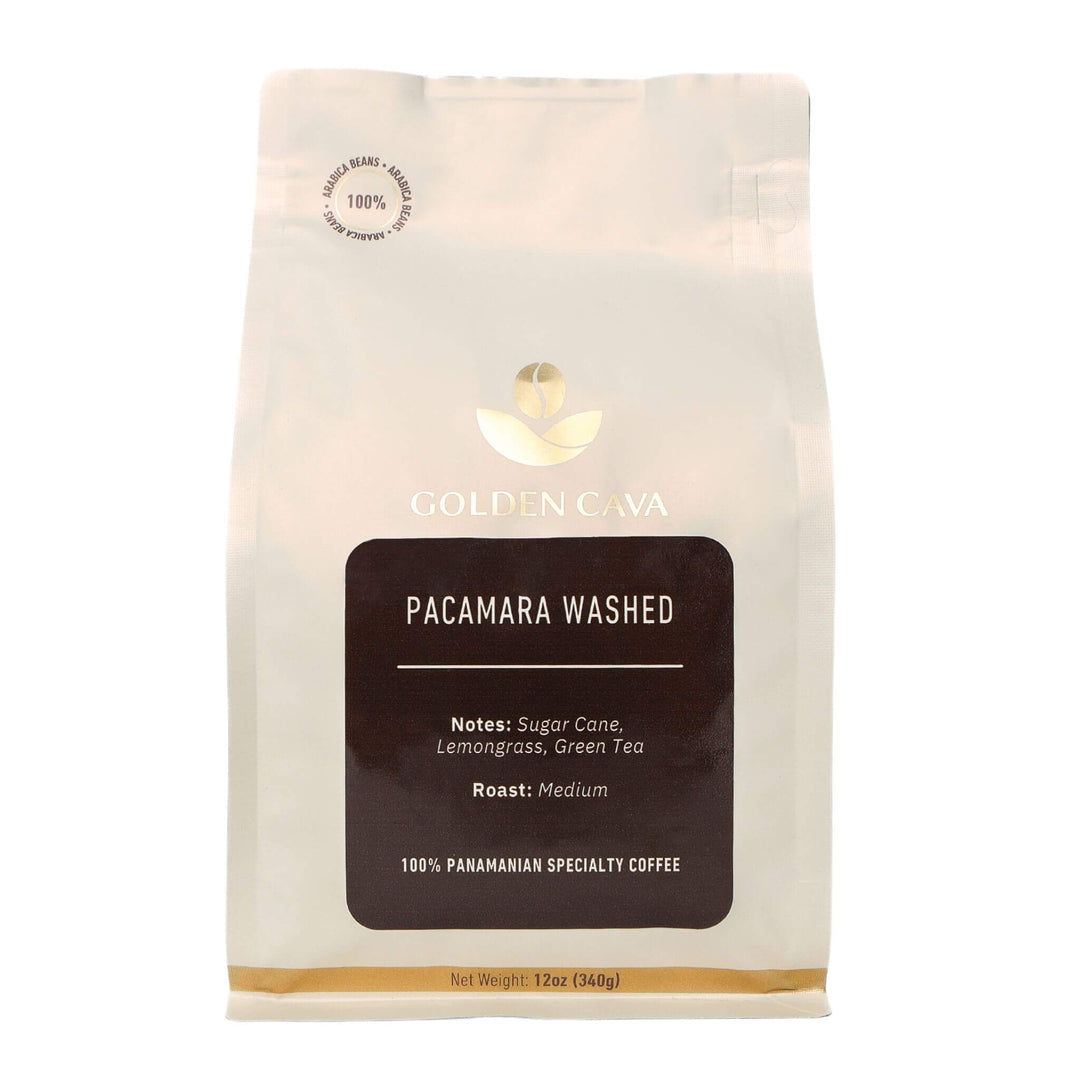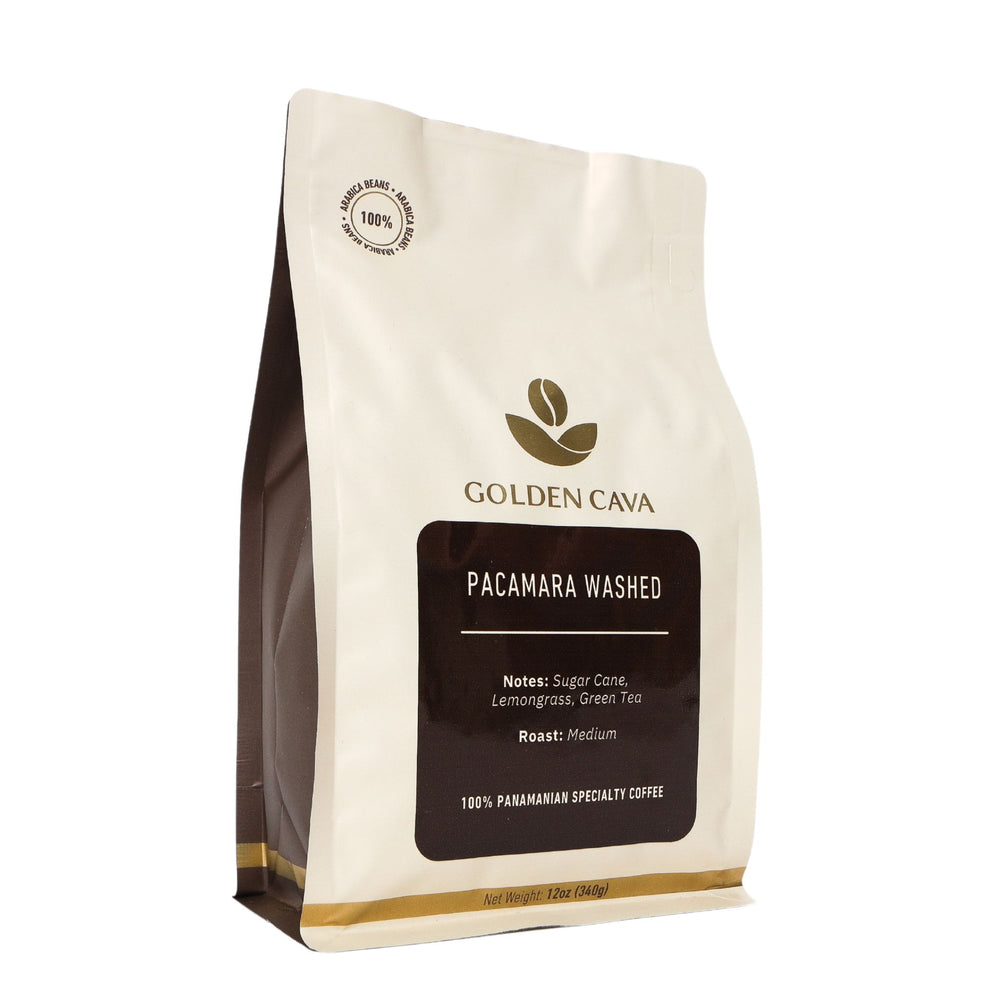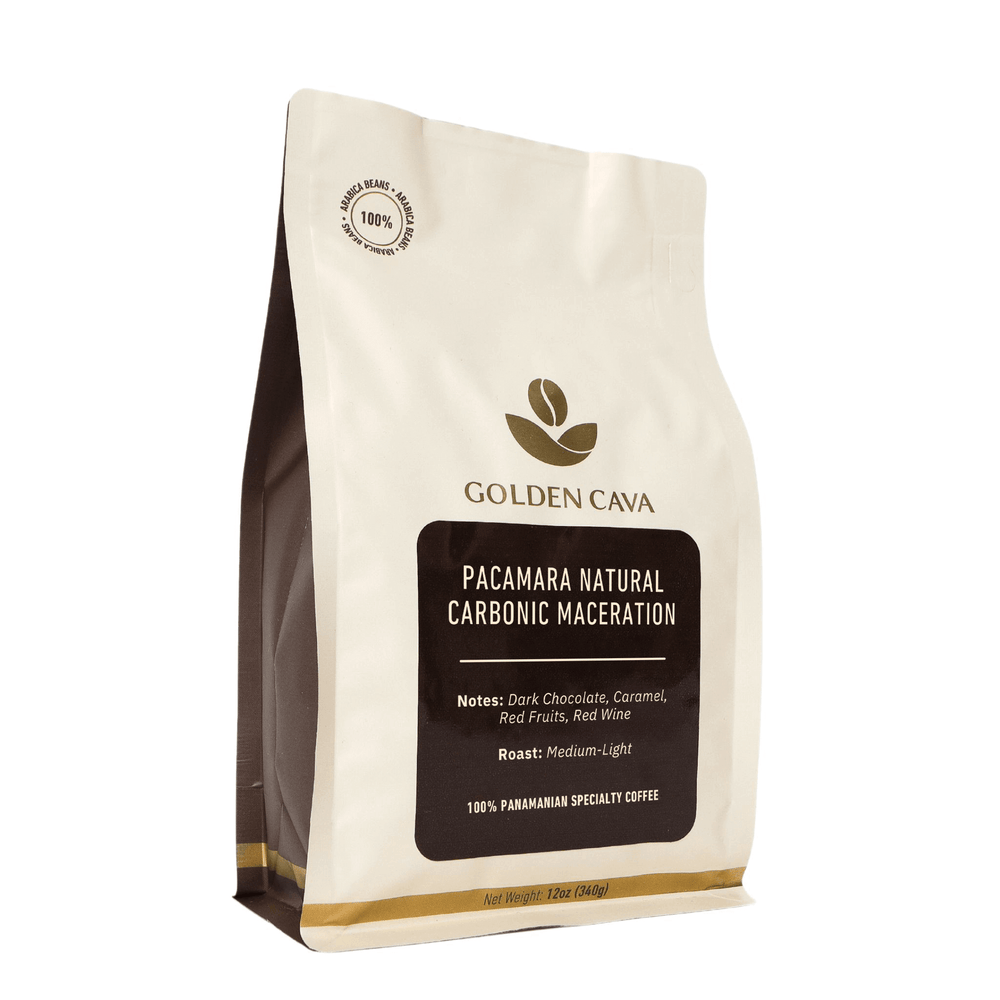When it comes to the battle of a french press vs pour over, coffee lovers often have strong opinions about which brewing method produces the superior cup. Comparing the mechanics of french press and pour-over coffee making, as well as their distinct taste profiles, this blog post will provide an in-depth analysis for discerning coffee drinkers who desire a superior cup.
From understanding the mechanics behind french press and pour-over coffee making to analyzing the differences in taste profiles, this blog post is designed for discerning coffee drinkers who seek an exceptional morning cup.
Now first, let's examine how individual tastes can impact which option, a french press vs pour over, may be best suited for you.
Table Of Contents:
- 1. What is French Press Coffee?
- 2. What is Pour Over Coffee?
- 3. Differences between French Press and Pour Over Coffee
- 4. Advantages of French Press Coffee
- 5. Advantages of Pour Over Coffee
- 6. How do you pick a method? What is right for you?
- 7. Popular French Press and Pour Over Brands
- Frequently Asked Questions French Press vs Pour Over
- Choose Your Ideal Coffee Method
1. What is French Press Coffee?
A French press, also known as a press pot or plunger pot, is a manual coffee brewing method that has been popular among coffee enthusiasts for decades. After grinding the beans, place them in a French press and steep in hot water before using a plunger to separate the grounds from the liquid for an aromatic cup of coffee.
The Brewing Process
- Grind your beans: Start by grinding your favorite coffee beans to a coarse consistency, which will prevent them from passing through the mesh filter when you plunge.
- Add water: Heat water to around 200°F (93°C) and pour it over the grounds in your French press, ensuring they are fully saturated. A good rule of thumb is one part coffee to fifteen parts water.
- Brew time: Allow the mixture to steep for about four minutes - this allows enough time for proper extraction without over-extracting and causing bitterness.
- Pour & enjoy: Slowly push down on the plunger until it reaches the bottom of the carafe. This separates any remaining grounds from your brewed coffee. Pour into cups immediately after plunging so that it doesn't continue extracting flavor from residual heat inside the French press.
Taste Profile & Texture
French press brews tend to have bold flavors with full-bodied mouthfeel due its immersion brewing technique which extracts oils present within ground beans more effectively than other methods like drip or pour-over systems that do not employ direct contact between grinds themselves hot liquid.
This results in a rich, robust cup that many coffee aficionados find irresistible.
Customization & Versatility
One of the reasons why French press method is so popular among coffee lovers is its ability to be easily customized. You can adjust the brewing time, water-to-coffee ratio, and even experiment with different types of beans or blends to create your perfect cup. It's not just for coffee - you can also use a French press to brew loose-leaf tea or make cold brew.
Ease of Use & Portability
A major advantage of using a French press is its simplicity and portability. No electrical components are involved; all you need are ground coffee beans, hot water, and your trusty plunger pot. It is an excellent option for those who love camping trips or prefer manual methods over automated machines at home.
A French press coffee brew, made by steeping grounds in hot water for several minutes before pressing the plunger to separate them from the liquid, yields a full-bodied and flavorful cup.

2. What is Pour Over Coffee?
Pour over coffee is a popular manual brewing method that allows you to have full control over the extraction process, resulting in a cup of coffee with exceptional clarity and complexity. This method involves pouring hot water over freshly ground coffee beans in a filter, allowing the liquid to drip into a carafe or mug below.
The Pour Over Process
- Grind your coffee beans: Start by grinding your favorite coffee beans to achieve an even consistency similar to granulated sugar.
- Prepare your equipment: Set up your pour-over brewer with a clean paper or reusable metal filter, placing it on top of your carafe or mug.
- Add the grounds: Measure out the desired amount of ground coffee (usually around 20-30 grams) and place it evenly in the center of the filter.
- Bloom phase: Slowly pour just enough hot water (around 200°F/93°C) onto the grounds to saturate them completely. Allow this mixture to sit for about 30 seconds as carbon dioxide escapes from the grounds - this step is known as "blooming."
- Main pour: Gradually add more hot water in circular motions until you reach your desired volume (typically between two-thirds and three-quarters full). Aim for an even extraction throughout this process, which should take approximately three minutes total.
Variations and Equipment
Different types of pour-over brewers are available on today's market, each offering unique features and designs. Some popular options include the Hario V60, Chemex, and Kalita Wave. These brewers vary in shape, material, and filter type, allowing you to experiment with different styles of pour-over coffee.
Additionally, some coffee enthusiasts prefer using a gooseneck kettle for more precise control over water flow during the pouring process. A quality burr grinder is also essential for achieving consistent grind size - an important factor when brewing pour-over coffee.
So, with a bit of background on both, let's take a look at how French press and Pour Over Coffee differ from one another.

3. Differences between French Press and Pour Over Coffee
When it comes to brewing a delicious cup of coffee, both the French press and pour-over methods have the unique characteristics that set them apart from each other. Here are some key differences between these two popular brewing techniques.
Brew Time
French press: The brew time for a French press typically ranges from 4-6 minutes, depending on your desired strength and flavor profile. This method allows you to control the steeping time, which can result in a bolder or more subtle taste.
Pour over: Pour over coffee generally takes around 3-5 minutes to brew. Since water is continuously poured through the grounds during this process, extraction happens at a faster rate than with the immersion technique used in a French press.
Flavor Differences
Coffee brewed using a French press tends to be richer and more full-bodied due to its longer steeping time and lack of paper filter. On the other hand, pouring over coffee, when done correctly, often results in brighter flavors with higher acidity levels because of its precise extraction process.
Texture
- French press: Since there's no paper filter involved in this method, oils from the coffee beans remain intact throughout brewing - giving your final cup an oily texture that many people find appealing.
- Pour over: Pour overs use paper filters that absorb most of those oils, resulting in cleaner mouthfeel without any sediment or sludge at the bottom of your cup.
Cleanup
French press: Cleaning a French press can be slightly more time-consuming than other methods, as you'll need to thoroughly disassemble and rinse each component. However, many modern presses are dishwasher-safe, making cleanup easier for those with access to this appliance.
Pour over: Cleanup is generally quicker with pour-overs since all you have to do is discard the used paper filter along with the grounds and give your brewing equipment a quick rinse.
All in all, the French press and Pour Over coffee brewing methods have distinct differences in their processes, from the grind size to the time it takes for extraction. As we move on to discuss the advantages of French press Coffee, let us consider how these differences impact flavor profiles and overall cup quality.

4. Advantages of French Press Coffee
The French press provides a convenient way to make multiple cups of coffee with more control over the strength and flavor than other brewing methods. Let's dive into some specific benefits that come with choosing this brewing method.
Richer Flavor Profile
One significant benefit of using a French press is its ability to extract a richer flavor profile from your coffee beans. This method fully immerses the grounds in hot water, allowing them to release their oils and flavors without being filtered out by paper filters like in pour-over methods. The result is a bold, full-bodied cup with complex notes that can be adjusted according to your taste preferences.
Brew Multiple Cups Simultaneously
If you're entertaining guests or simply need more than one cup to get through your day, the French press has got you covered. Depending on the size of your device, you can brew anywhere from 1-12 cups at once - perfect for sharing or enjoying throughout your morning routine.
No Need for Paper Filters or Electricity
- Eco-friendly: Since there are no disposable paper filters required when using a French press, this brewing method produces less waste compared to other options such as pour-over and drip machines.
- Saves money: You won't have any recurring costs associated with purchasing paper filters regularly - just buy quality coffee beans and enjoy.
- Versatile: A French press doesn't require electricity which makes it ideal for camping trips or power outages. All you need is hot water and your favorite coffee beans to enjoy a delicious cup wherever you are.
Easy to Clean
Cleaning up after brewing with a French press is simple. Just remove the plunger, dispose of the used grounds, and give everything a quick rinse under warm water. Most models can also be easily disassembled for thorough cleaning or placed in the dishwasher for added convenience.

5. Advantages of Pour Over Coffee
By utilizing pour over coffee, one can exercise greater control of the extraction process to create a cup with heightened clarity and complexity. This section will explore some key benefits of choosing pour over coffee as your brewing method.
Better Flavor Control
One major benefit of pour over coffee is the ability to control every aspect of the brewing process, from water temperature to pouring technique. This technique of brewing permits you to draw out particular tastes from your beans, allowing you to savor a delightful and balanced cup with each pour.
Cleaner Taste Profile
Pour over coffee uses paper filters, which effectively remove oils and sediment present in ground coffee. As a result, the brewed liquid has a cleaner taste profile compared to French press or espresso-based drinks. The absence of excess oil also makes it easier for drinkers to discern subtle flavor notes within their chosen blend.
Ideal for Single Serve Brewing
- V60: A popular choice among specialty cafes and home baristas alike, the Hario V60 offers excellent heat retention thanks to its ceramic construction while providing an even flow rate through its spiral ribbed design (source).
- Kalita Wave: Known for its flat-bottomed design featuring three small holes at the base that regulate water flow during extraction, Kalita Wave ensures consistent results regardless if you're brewing one cup or multiple servings (source).
- Chemex: A stylish and functional option, the Chemex combines a pour over dripper with a glass carafe. Its thick paper filters contribute to an exceptionally clean taste profile while its elegant design makes it an attractive addition to any kitchen (source).
Easier Cleanup Process
Cleaning up after making pour over coffee is generally simpler than dealing with a French press. Since you are using disposable paper filters, all you need to do is remove the filter containing used grounds and rinse your equipment under running water.

6. How do you pick a method? What is right for you?
Choosing between French press and pour over coffee brewing methods depends on your preferences, lifestyle, and the type of coffee experience you seek.
Here are some factors to consider when deciding which method is best suited for your needs:
Taste Preferences
If you prefer a full-bodied, rich cup of coffee with more oils and sediment, then French press might be the ideal choice for you. On the other hand, if clarity and complexity in flavor profiles are what you seek in your daily brew, then pour over would likely suit your taste buds better.
Brewing Time & Convenience
French press typically requires around 4 minutes of steeping time before plunging; whereas pour over takes about 3-5 minutes depending on how fast or slow water is poured through the grounds.
If convenience matters most to you - especially during busy mornings - French press may offer an easier option since it allows multiple cups to be brewed at once without needing separate filters or carafes.
Cleanup & Maintenance
- French press: Cleaning up after using a French press can be slightly more cumbersome as it involves removing wet grounds from the bottom of the container before rinsing out any remaining residue.
-
Pour Over: Cleanup tends to be simpler with pour overs because all that's needed is disposing of used paper filters (or cleaning reusable ones) along with giving both filter holder and carafe a quick rinse.
Travel & Portability
If you're an avid traveler or frequently on-the-go, portability may be a crucial factor in your decision. Some French press models are made of glass and can be more fragile, while others like Bodum Chambord, have stainless steel options that are sturdier for travel purposes.
Ultimately, there's no one-size-fits-all answer when it comes to choosing between French press and pour over coffee brewing methods. It ultimately boils down to personal preferences in taste, convenience factors, cleanup efforts required, and how portable you need your coffee setup to be.
Experimenting with both methods will help you determine which one aligns best with your lifestyle and palate. Picking the right method for you depends on your preference, budget and desired outcome. It can be challenging to choose which one of the numerous French press and pour over techniques is most suitable for you.
However, to help make this decision easier, let's take a look at some of the popular French presses and pour overs available today.

7. Popular French Press and Pour Over Brands
With so many coffee brewing methods to choose from, selecting the right one for your needs can be difficult. Finding the right coffee brewing method can be difficult, so here is a selection of some of the most well-regarded French press and pour over brands available.
French Press Brands:
- Bodum: Known for its classic design and durability, Bodum offers various sizes and styles of French presses to suit every coffee lover's preferences.
- Le Creuset: Combining style with functionality, Le Creuset's stoneware French presses are designed to keep your coffee hot longer while adding a touch of elegance to your kitchen.
- Frieling: Frieling's stainless steel French presses feature double-wall insulation that maintains optimal temperature throughout the brewing process, ensuring consistent flavor extraction.
-
Espro: Espro's innovative micro-filter technology provides smoother, less gritty cups by reducing sediment in your brewed coffee compared to traditional mesh filters found in other models.
Pour Over Coffee Brands:
- Hario V60: A popular choice among coffee enthusiasts, the Hario V60 is known for its precise control over brewing variables and ability to produce clean, complex cups of coffee.
- Chemex: With its iconic design and unique bonded filters, Chemex pour overs are designed to deliver a bright, full-flavored cup with minimal sediment.
- Kalita Wave: The Kalita Wave's flat-bottomed design ensures even extraction while its wavy filters help regulate temperature during brewing for consistent results.
- Fellow Stagg [X]: Combining form and function, Fellow's Stagg [X] dripper features a vacuum-insulated body that maintains optimal heat retention throughout the brewing process along with an innovative drainage system that allows for better control over extraction rates.
By exploring these popular French press and pour over brands, you can find the perfect method that suits your taste preferences and lifestyle. Remember to consider factors such as ease of use, cleanup requirements, and overall performance when making your decision.

Frequently Asked Questions French Press vs Pour Over
Is a French press or pour over better?
It depends on personal preference and desired coffee taste. A French press yields a full-bodied, robust flavor with more oils, while a pour over offers a cleaner, brighter taste with less sediment. Consider your taste preferences and the time you have for brewing when choosing between the two methods.
Why is French press better than pour over?
The French press can be considered better due to its simplicity, affordability, and ability to produce richer flavors. It also retains more of the coffee's natural oils compared to pour overs which use paper filters that absorb some of these flavorful compounds.
What is the disadvantage of French press?
A major disadvantage of using a French press is that it may leave more sediment in your cup due to its metal filter. Additionally, it requires precise timing for optimal extraction and can result in higher caffeine content if not brewed correctly.
Can you use French press for a pour over?
No, you cannot directly use a French press as a pour over device because they are designed differently. However, you can achieve similar results by using coarser grounds in your pour-over method, but this would require a separate pour-over setup, such as a dripper and paper filter.

Choose Your Ideal Coffee Method
When it comes to making coffee, the choice between a French press vs pour over can be a difficult one. At the end of the day, it boils down to personal taste and requirements. French press Coffee offers more control over extraction time and temperature for those who want to experiment with different flavor profiles while pour over coffee is perfect for those looking for convenience without sacrificing quality.
Regardless of the brewing method, ensure you purchase top-notch apparatus to savor an exceptional cup of coffee each time. Experience the best cup of coffee with Golden Cava's French press and Pour Over solutions. Enjoy fresh, quality beans delivered to your door while exploring a world of travel and play!
